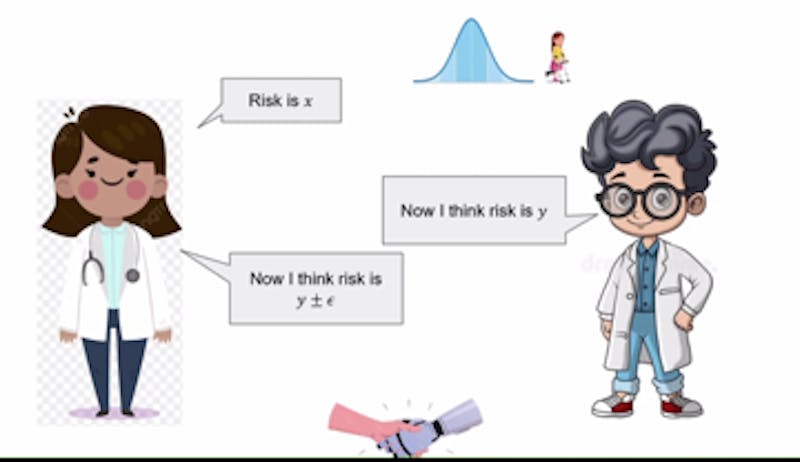A new AI-guided technique known as the STAR method has successfully enabled a man to father a child after struggling with infertility for nearly 20 years. Developed by researchers at the Columbia University Fertility Center, this breakthrough offers hope for men diagnosed with azoospermia, a condition affecting 10-15% of infertile men.
The STAR method represents a significant advancement in fertility treatments, particularly for those who have faced multiple failed IVF cycles and invasive surgical procedures. The first successful application of this non-invasive technique was documented in The Lancet, showcasing the potential of AI to transform reproductive medicine.
Challenges in Identifying Viable Sperm Cells
Recovering viable sperm from men with azoospermia is fraught with challenges. Traditional procedures often yield minimal results, leading to significant emotional and financial strain on couples. Surgical retrieval methods can be invasive and carry risks such as vascular issues, inflammation, and hormonal imbalances.
According to Zev Williams, the senior author of the study and Director of the Columbia University Fertility Center, “A semen sample can appear totally normal, but when you look under the microscope, you discover just a sea of cellular debris, with no sperm visible.” The STAR method was designed to navigate these obstacles by employing advanced imaging technologies and robotics.
How the STAR Method Works
The STAR method utilizes high-powered imaging technology and artificial intelligence to rapidly analyze semen samples. In its initial test, the system scanned a 3.5 mL semen sample, capturing over 8 million images in less than two hours. The AI quickly identified viable sperm cells hidden within the debris.
One of the innovative features of the STAR method is its microfluidic chip, which contains tiny channels to isolate the sperm cells identified by the AI. Following this identification, a robotic system gently retrieves the sperm within milliseconds, preserving its viability for future use in embryo creation or storage.
In the case that marked the STAR method’s breakthrough, two viable sperm cells were successfully isolated and used to create two embryos. This ultimately led to a successful pregnancy, illustrating the method’s potential to overcome longstanding barriers in treating male-factor infertility.
The implications of this technology are profound, as researchers emphasize, “You only need one healthy sperm to create an embryo.” Following the promising results of this initial case, further evaluations of the STAR method will be conducted through larger clinical studies.
As this innovative technology progresses, it could reshape the landscape of fertility treatments for men facing infertility challenges, providing new avenues for family-building where traditional methods have fallen short.






